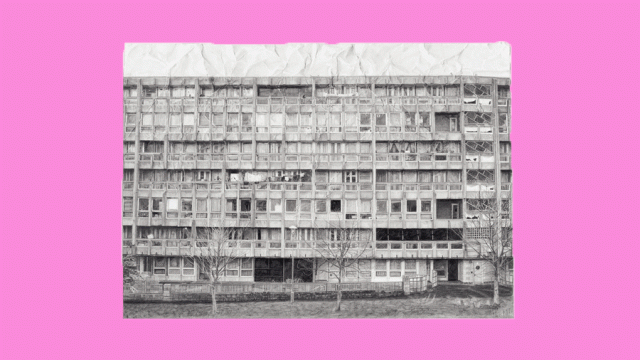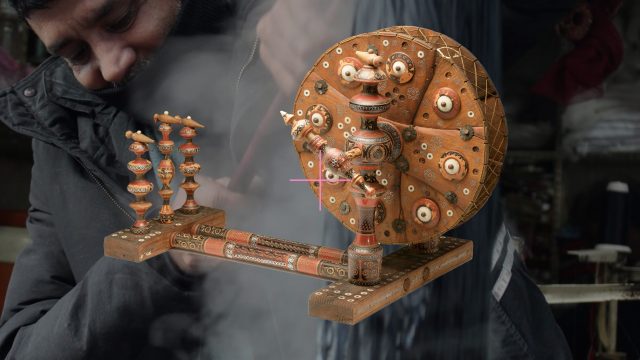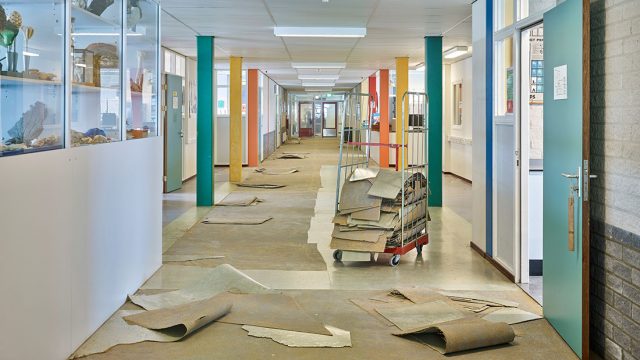What is the best energy to power your home? Which is more efficient? Safest? More economical? Better for society? More modern? This is a question that we are asking ourselves in the 21st century, but it was also a central concern in the 1930s. In ‘Printing a Modern World’, a display of commercial graphic design of the 1930s in Gallery 102 at the V&A until 19 August 2018, you can see objects that explore the battle between old-school gas and new-boy electricity. Energy companies on both sides used publicity in a variety of innovative ways to win over the consumer, and showcase themselves as more modern than their rival.
In the 19th and early 20th century, gas was the main fuel for lighting and heating homes. It was also used here in the V&A. This photograph of a gallery in the 1860s shows gas light fittings hanging from the ceiling.
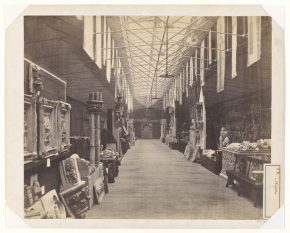
Interior view of the architectural casts gallery, 1860s. Museum number: 32054
In the V&A’s collection are late 19th century posters for gas lighting such as this one by the preeminent French poster artist Jules Cheret:
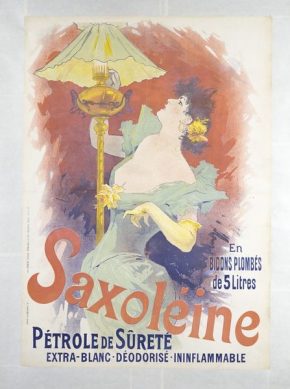
Gas held a virtual monopoly on domestic power in England until the formation of the National Grid following the Electrical (Supply) Act of 1926 which enabled many more homes to be connected to an electricity supply. In Europe and the USA also, electricity was becoming more established as a household power. Companies were keen to promote and explain electricity. The French electricity board called on the photographer Man Ray to create a portfolio of images featuring electrical household objects. His avant-garde photography gave electricity a modern, surreal look.
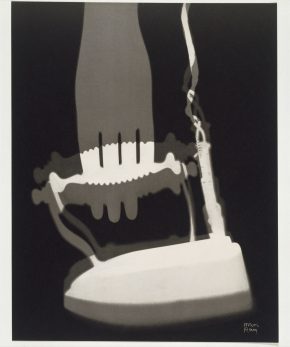
E.1646-2001
In England the electricity company linked itself to the housebuilding boom that resulted from the 1930s slum clearance initiatives. ‘Rehousing with the help of electricity’ was published in 1934 and was aimed at town-planners.
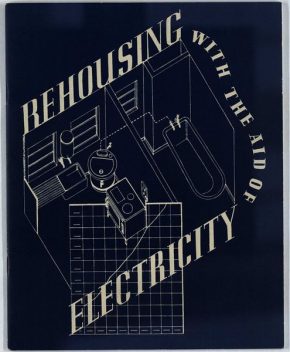
The blueprint plan style cover opens to an image of a clean new modern flat, contrasted with a dilapidated old house.
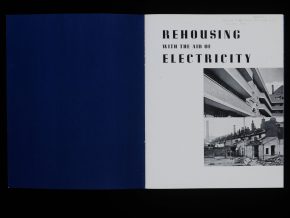
Electricity was keen to represent itself as a modern fuel, and Modernist aesthetics and ideals are visible in its campaign. The cover resembles a 3-dimensional architectural plan – architecture was a significant way that Modernism was introduced to England. Streamlined, light-filled flats were built to replace some older streets of houses. Modernist ideals such as efficiency and cleanliness were also at the forefront of electricity’s campaign as this page explains.
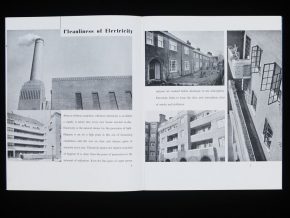
A page featuring ‘What the tenants say’ makes a strong argument for favouring electricity over to old-fashioned gas, as it creates a better environment for residents. A Riverside worker says they ‘would not go back to the old ways even if appliances were free’. A Railway worker explains ‘Electricity is much safer…there are no dangerous jets of flame’.
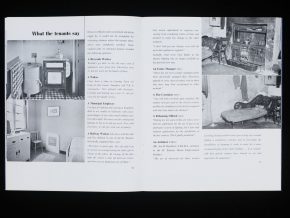
The publicity department for gas companies, in particular the GLCC (Gas, Light and Coke Company) were also busy. Their leaflet ‘How gas is made’ explains the process of gas production. It featured a striking cover image of a gas works taken from an unusual perspective that references avant-garde Modernist photographers such as Moholy-Nagy.
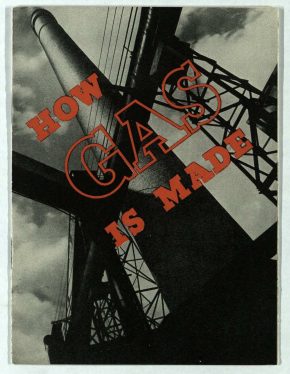
Museum number: 38041800576381
It also features a fold-out infographic showing clearly how gas is linked eventually to your house. This logical diagram suggests that gas is a more scientific, controlled substance than electricity, which in the later 19th century had an ethereal, almost other-worldly, reputation.
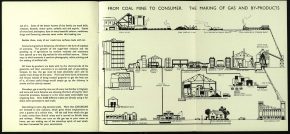
Museum number: 38041800576381
The GLCC promoted gas-powered fridges which you could purchase by a cheap weekly rental plan. Refrigeration was unusual in British households as most had only cupboards and larders to store goods. A fridge was an aspirational item that could save money and time because foods could be bought in larger quantities less regularly and kept cool at home. Impressive dishes such as cutlets in aspic or anchovy eggs could be created with the help of this gas-powered wonder.
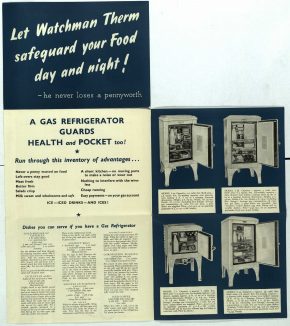
Gas firms also used the new medium of film to promote themselves. They sponsored films such as ‘Enough to Eat’, which examined the problem of malnutrition in England. The film was an early example of documentaries highlighting social problems, and the gas companies’ involvement with this endeavour was a clever way to draw attention to themselves and emphasise their social consciousness.
There was no loser in this battle. As houses needed more power for a wider range of consumer goods, as well as the heating of homes and water, both companies reaped the reward of modernisation. Our increased reliance on energy for all aspects of life had begun.
